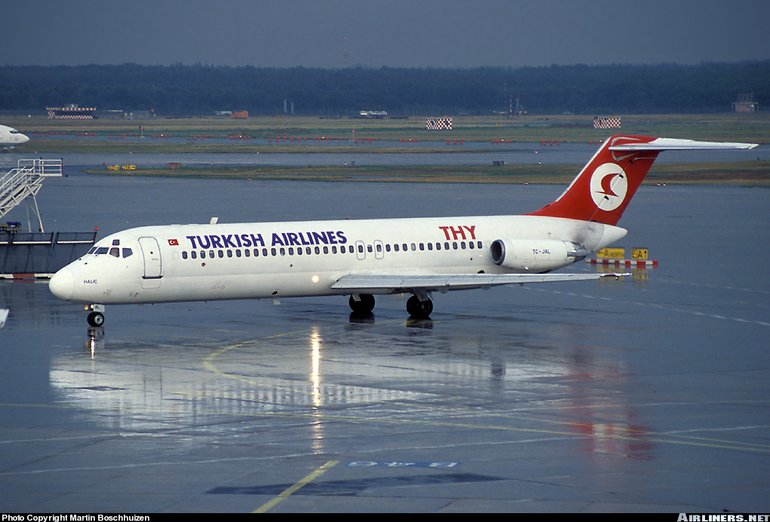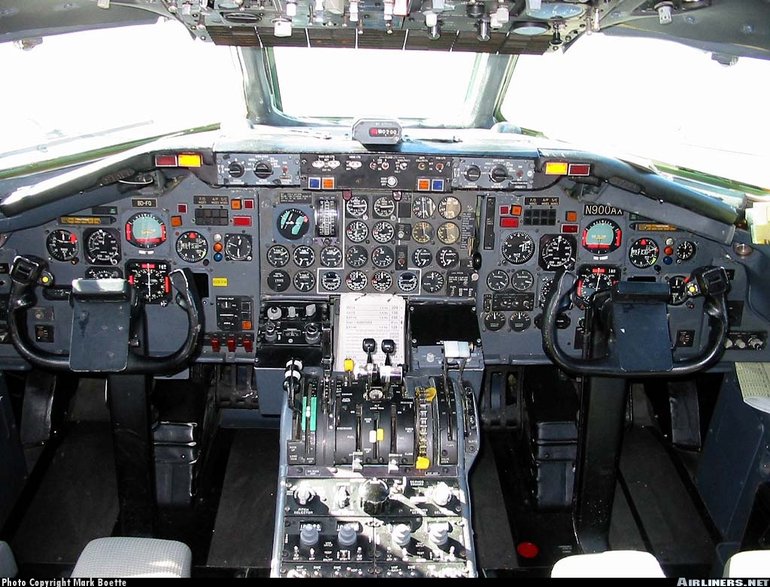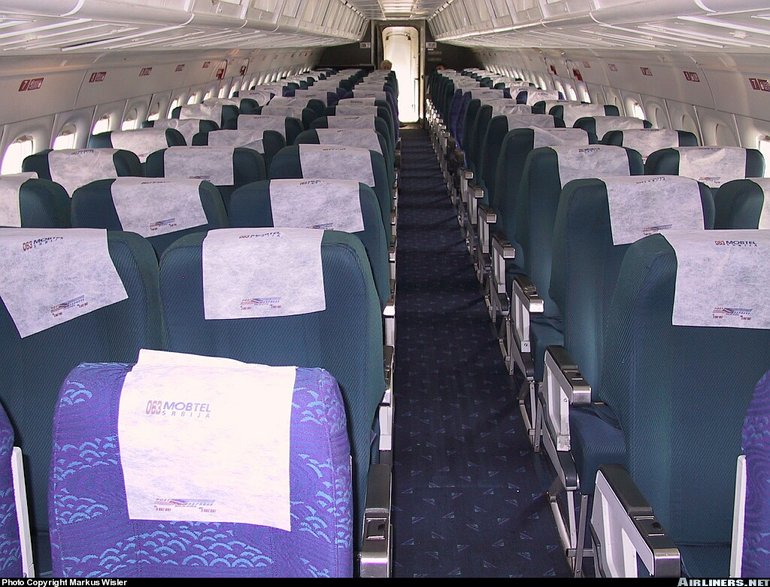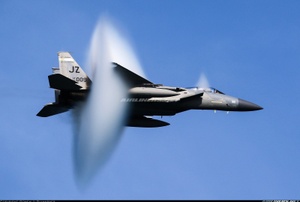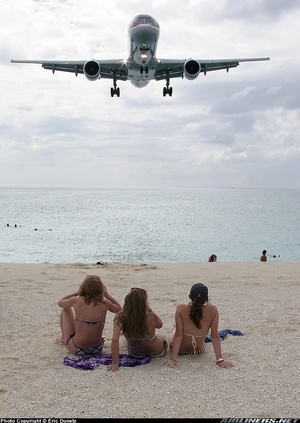McDonnell Douglas DC-9-10/20/30
Details
Country of Origin
United States of America
Type
Short range airliners
History
No other airliner in history has undergone more development than the prolific DC-9/MD-80/MD-90/717 series, which started life with the 70 seat DC-9-10 of the early sixties.
Douglas developed the DC-9 as a short range airliner complementing the much larger DC-8. Development was launched on April 8 1963, with a launch order from Delta following soon after. The DC-9 was an all new design, featuring rear fuselage mounted engines, a T-tail, moderately swept wings and seats for up to 90 passengers in a five abreast fuselage.
Construction of the prototype began in July 1963 and the first flight occurred on February 25 1965. Certification and service entry was on November 23 and December 8 1965, respectively.
From the outset the DC-9 had been designed with stretched larger capacity developments in mind. The first stretch resulted in the biggest selling DC-9, the 4.54m (14ft 11in) longer, 105 seat DC-9-30, which entered service with Eastern on February 1 1967. Subsequent stretched versions are described separately.
Small numbers of developed versions of the DC-9-10 were also built. The DC-9-20 featured the DC-9-10's fuselage with the 30's more powerful engines and longer span wings, giving better hot and high performance. The DC-9-15 was basically a -10 but with more fuel and higher weights. Factory built convertibles and pure freighters were also offered, while a number of DC-9-30s have been converted to freighters, and/or are having Stage 3 hushkits fitted, further extending their useful service lives.
Powerplants
10 - Two 54.5kN (12,250lb) Pratt & Whitney JT8D-5 turbofans.
30 - Two 64.5kN (14,500lb) JT8D-9s, or two 66.7kN (15,000lb) JT8D-11s, or two 71.2kN (16,000lb) JT8D-17s.
Performance
10 - Max cruising speed 903km/h (488kt), economical cruising speed 885km/h (478kt). Range with max payload 1055km (570nm).
30 - Max cruising speed 907km/h (490kt), long range cruise 798km/h (430kt). Range at high speed cruise with 64 passengers and reserves 2150km (1160nm), range at long range cruise with 80 passengers and reserves 3095km (1670nm).
Weights
10 - Operating empty 22,635kg (49,900lb), max takeoff 41,140kg (90,700lb).
30 - Empty 25,940kg (57,190lb), max takeoff 54,885kg (121,000lb).
Dimensions
10 - Wing span 27.25m (89ft 5in), length 31.82m (104ft 5in), height 8.38m (27ft 6in). Wing area 86.8m2 (934sq ft).
30 - Same except for length 36.37m (119ft 4in), wing span 28.47m (93ft 5in). Wing area 93.0m2 (1000.7sq ft).
Capacity
Flightcrew of two.
10 - Seating for 80 in a single class at five abreast and 86cm (34in) pitch. Max seating for 90.
30 - Max seating for 115 in a single class, five abreast and 81cm (32in) pitch, standard single class seating for 105.
30CF - can carry over eight cargo pallets.
Production
976 DC-9s of all models built including 137 -10s, 10 -20s and 662 -30s (including military C-9s). 97 DC-9-10s, 4 DC-9-20s and 381 DC-9-30s in airline service at late 2002. 9 DC-9-10s and 3 DC-9-30s used as corporate jets at late 2002.
Related Links
McDonnell Douglas DC-9-10/20/30
The backbone of this section is from the The
International Directory of Civil Aircraft by Gerard Frawley
and used with permission. To get your own copy of the book
click here.
